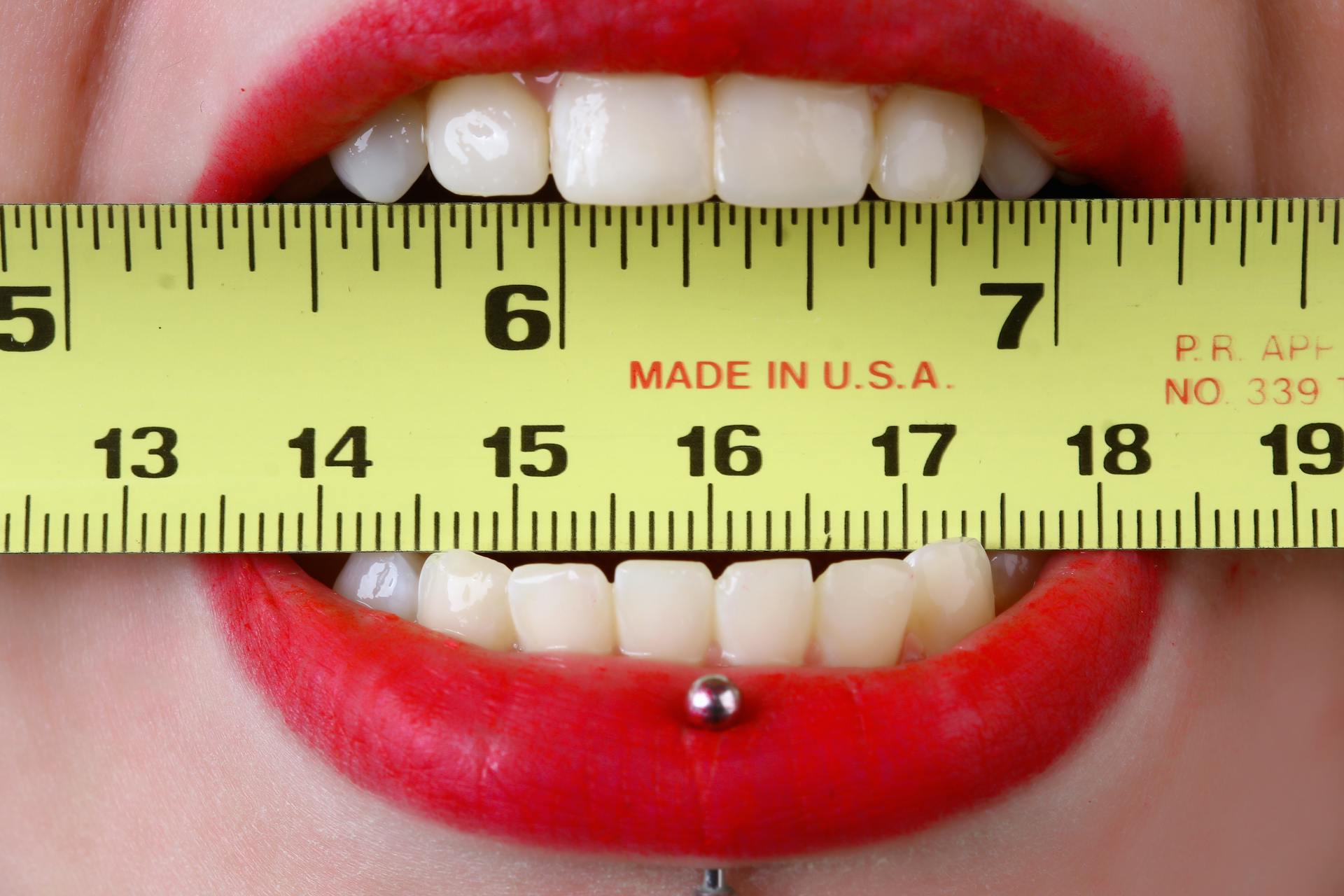New research has investigated why tooth enamel becomes more brittle as we get older. Enamel is crucial for our oral health, so research into this topic can be very helpful. A research team conducted an analysis of two different teeth to try and identify differences. The findings can help researchers work towards protecting our teeth further as we age.

As we age, our health typically declines. Our bones become more brittle, and we are more prone to suffering from illnesses and diseases.
Interestingly, despite the enamel in our teeth being the hardest substance in our body, it also becomes more brittle as we age – making us likelier to have oral health problems.
Now, a research team has looked to explore why enamel does become more brittle [1]. The findings can help scientists to come up with new strategies of protecting our teeth as we age.
Tooth Enamel
As discussed, tooth enamel is an incredibly hard substance. In fact, enamel is even stronger than our bones [2]!
Enamel is the first and outermost layer of our teeth. It is one of four layers of tissue that make up a tooth. Behind enamel is dentin, followed by cementum and then the pulp.
Enamel protects our teeth against the formation of plaque, tooth decay, and subsequent cavities. Tooth enamel is composed of 96% mineral crystals – which is why it is so durable.
However, despite enamel being so strong and durable, it does eventually break down and erode due to acidic foods and drinks.
Furthermore, as we age, our teeth become more brittle, but it isn’t entirely clear why this is. Therefore, a research team wanted to explore this in more detail.
The Research
The research was carried out by a team from the University of Washington. Their findings have been published in the Communications Materials journal [1].
The team were looking to explore tooth enamel at an atomic level, which would provide specific information on the composition of enamel [1].
To do so, they examined enamel samples from two human teeth – one from a 22-year-old, and one from a 56-year-old [1].
The team conducted something called atom probe tomography [1]. This analysis results in the creation of a 4D map of each atom in the samples of the enamel.
The researchers said that an analysis on this level had never been completed before, with previous work having been done on a less extensive scale [1].
Therefore, this analysis allowed the researchers to look for differences in mineral content at an atomic level, ensuring that the analysis produces in-depth results.
The researchers looked at three regions in the teeth – the core structure, the “shell” coating of the core, and the space between the “shells” [1].
The findings showed that the sample from the older tooth contained higher levels of fluoride across all three regions [1].
Moreover, the researchers noticed that this was particularly prominent in the shell regions of the enamel’s crystalline structure [1].
The researchers suggested that as fluoride is found in both drinking water (in some areas) and toothpaste, the exposure would have resulted in higher levels in the teeth of older people [1].
The findings are somewhat concerning and suggest that fluoride may actually be contributing towards teeth becoming more brittle over time.
The researchers did caution that more research is needed to understand this more, especially in terms of how the protein present in enamel reacts as we age. Although, fluoride certainly seems to play a role.
Summary
The findings are interesting and presents a new argument in the ongoing debate on fluoride being in the public water supply.
The researchers stated this research is purely “a starting point” – and that no set conclusions should be drawn yet, with further research being needed [1].
Explaining the situation, lead author Jack Grimm from the University of Washington stated that “we know that teeth get more brittle as people age, especially near the very outer surface, which is where cracks start” [3].
Co-author Cameron Renteria clarified the fluoride situation by saying “the ideal sample would be a tooth from someone who had documented every time they drank fluoridated versus non-fluoridated water, as well as how much acidic food and drink they consumed, but that’s not really feasible” [3].
Therefore, while the findings are useful, it is too early for any concrete conclusions to be made, with the researchers making this clear.
The hope is that these findings will enable researchers to understand how enamel changes with age – so that they can work towards making teeth happier for longer. As discussed, this is a strong starting point.
Thinking points…
[1] While these findings suggest that fluoride may not have a wholly positive effect on our oral health, it is important to continue to use fluoride toothpaste. This is crucial for keeping your oral health strong, and to protect against enamel erosion. Another important thing to do is to attend regular dental check-ups, as any problems can be identified and then rectified. We recommend booking an appointment soon!
[2] This research underlines the importance of looking after your oral health from a young age. By having strong oral health in your younger years, it can help in the long-term. As our enamel becomes more brittle as we age, having excellent oral hygiene during our teenage years and adulthood is very important!
What we offer at Taradale Dental
Taradale Dental is a dental clinic based in Calgary, Alberta, Canada. At our Calgary dental clinic, we provide a range of services for our patients.
We advise our patients to attend our Calgary dental clinic at least twice per year for a regular dental check-up. At these check-ups, we provide a comprehensive review of a patient’s oral health. If any problems are detected, we have many treatments available. For example, these include cavity fillings and root canals. To strengthen your oral health, we recommend brushing your teeth at least twice a day and flossing regularly.
Here at Taradale Dental, we also have some cosmetic treatments available! These include dental implants, teeth whitening and Invisalign™! Our patients find that these treatments have a positive impact on their appearance, confidence and self-esteem.
Moreover, the fees of our treatments at our Calgary dental clinic Taradale Dental are set in line with the Alberta Dental Fee Guide. This ensures transparent and fair pricing, with no hidden costs.
We hope to see you soon at our Taradale Dental clinic in Calgary! You can find out more about us by visiting our website https://taradaledental.ca/!
References
[1] Grimm, J. R., Renteria, C., Mukhopadhyay, S., Devaraj, A., & Arola, D. D. (2024). Stratification of fluoride uptake among enamel crystals with age elucidated by atom probe tomography. Communications Materials. 5 (270). DOI: https://doi.org/10.1038/s43246-024-00709-8.
[2] West, N. W., & Joiner, A. (2014). Enamel mineral loss. Journal of Dentistry. 42 (1): p2-11. DOI: https://doi.org/10.1016/S0300-5712(14)50002-4.
[3] McQuate, S. (2024). By looking at individual atoms in tooth enamel, researchers are learning what happens to our teeth as we age. Available: https://phys.org/news/2024-12-individual-atoms-tooth-enamel-teeth.html. Last accessed: 27th December 2024.


